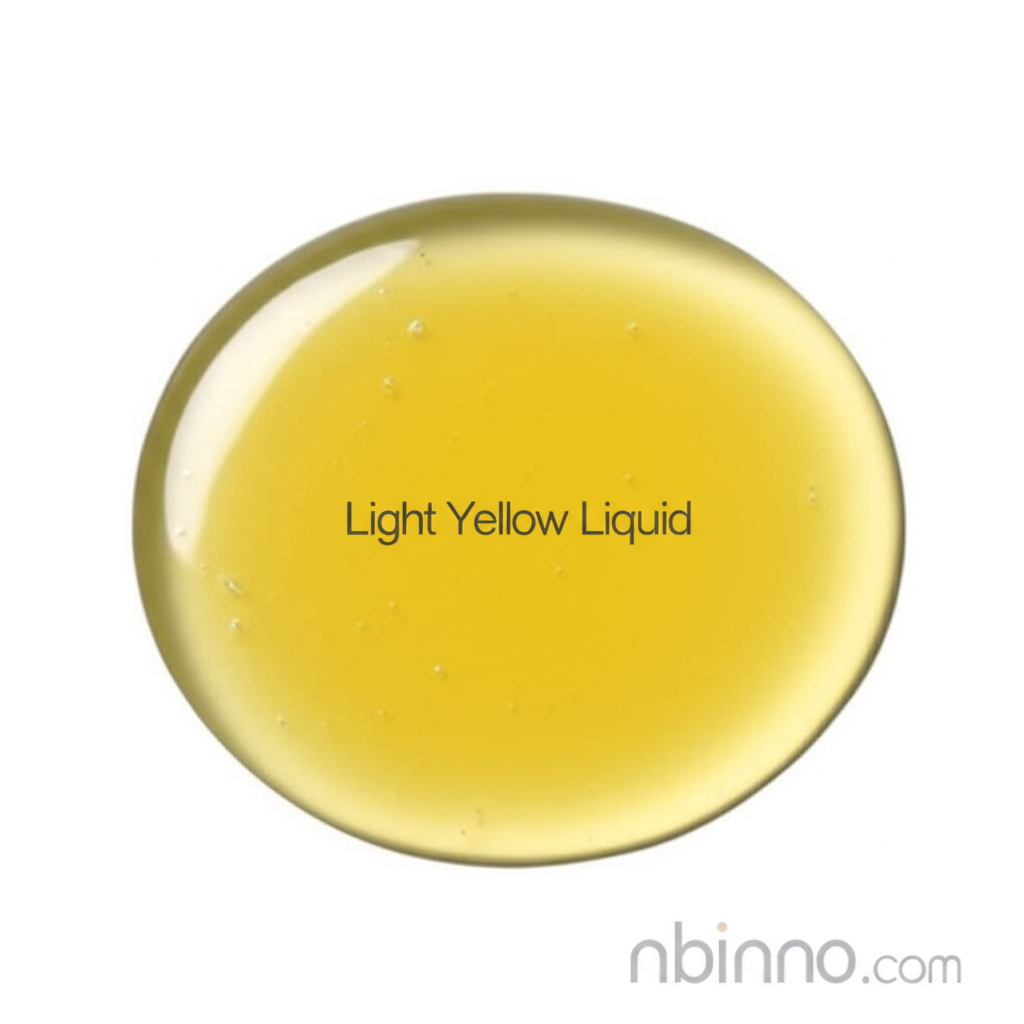Understanding Coconut Diethanolamide: Properties, Applications, and Safety
Discover the versatile nature of this essential non-ionic surfactant derived from coconut oil.
Get a Quote & SampleProduct Core Value

Coconut Diethanolamide
Coconut Diethanolamide is a widely recognized non-ionic surfactant prized for its excellent foaming, emulsifying, and viscosity-building properties. Its origin from natural coconut oil contributes to its favorable environmental profile, making it a popular choice in formulations across numerous sectors. Understanding the chemical properties of coconut diethanolamide is key to leveraging its full potential.
- Explore the chemical properties of coconut diethanolamide, focusing on its non-ionic nature and its effectiveness in reducing surface tension.
- Learn about the surfactant properties of coconut diethanolamide and how they benefit various product formulations.
- Investigate the uses of cocamide DEA in cosmetics, highlighting its role as a gentle yet effective ingredient.
- Understand the various applications of coconut diethanolamide in personal care products, from shampoos to body washes.
Advantages of Using Coconut Diethanolamide
Enhanced Foaming and Stability
This compound acts as a powerful foaming agent and stabilizer, significantly improving the lathering experience in products like shampoos and soaps. Its ability to enhance foam stability makes formulations more appealing and effective.
Effective Emulsification
Coconut diethanolamide serves as an excellent emulsifier, allowing oil and water components to mix smoothly. This is crucial for creating stable lotions, creams, and other cosmetic formulations.
Viscosity Building Properties
It contributes to the thickening of liquid products, enhancing their texture and usability. This viscosity building property is essential for achieving desired product consistency in detergents and personal care items.
Key Applications
Personal Care Products
From luxurious bubble baths to everyday shampoos, coconut diethanolamide is a key ingredient for creating rich lather and smooth textures.
Household Detergents
Its surfactant properties make it valuable in household cleaners and detergents, aiding in the removal of grease and grime.
Industrial Lubricants
In industrial settings, it functions as a component in cooling lubricants and hydraulic fluids, contributing to their performance.
Cosmetics
As an emulsifying agent in cosmetics, it ensures the stability and consistency of various beauty products.
